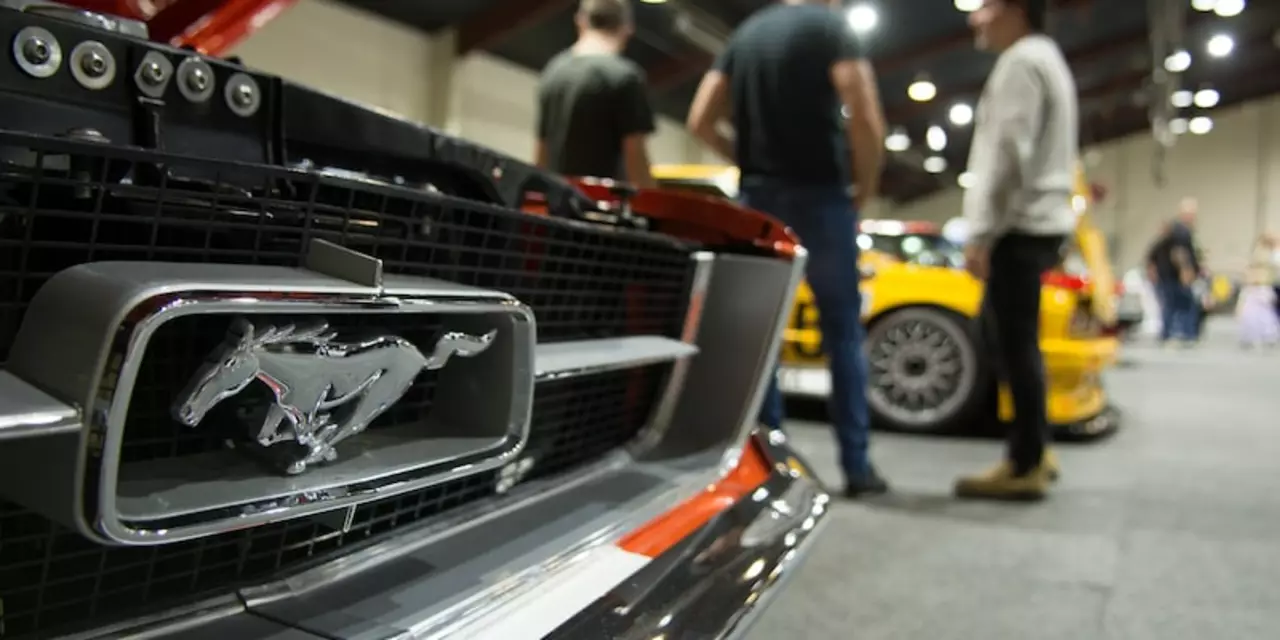1900s Motorsports: How Racing Got Its Wheels Turning
If you think motorsport started with Formula 1 or MotoGP, think again. The real kick‑off happened in the first decade of the 1900s, when daring drivers took flimsy motorcars onto dusty roads and rugged tracks. Those early pioneers didn’t have the safety gear, data analytics, or big‑budget teams we see today – just raw skill, a love for speed, and a willingness to crash spectacularly.
Why does the 1900s matter? It set the rules of the game. The first organized road race, the Paris‑Berlin run in 1901, proved that motorcars could go faster than any horse‑drawn carriage. Spectators cheered as drivers battled not just each other, but the unpredictable terrain, early engine failures, and limited fuel supplies. Those challenges forced engineers to make stronger chassis, better brakes, and more reliable engines – innovations that still shape modern racing.
Key Races That Put Motorsports on the Map
Two events stand out from the 1900s era. First, the Gordon Bennett Cup (started 1900). It was the world’s first international race, pitting national teams against each other. Every winning car earned its country a chance to host the next race, sparking a fierce rivalry that pushed manufacturers like Peugeot, Mercedes, and FIAT to out‑engine each other.
Second, the Monte Carlo Rally launched in 1911, though its roots trace back to earlier hill climbs and city sprints. Drivers tackled Alpine twists without the benefit of modern tires, making every corner a gamble. The rally’s success showed that racing could be a tourist draw, turning regions into automotive playgrounds.
Legends and Machines That Defined the Decade
Names like Ferenc Szisz, the 1906 French Grand Prix winner, and Rudolf Caracciola (who rose to fame slightly later) began their careers on these early tracks. Their stories are packed with daring overtakes, makeshift repairs on the spot, and a sheer love for the roar of a gasoline engine.
As for the machines, the Peugeot L76 (1905) introduced a double‑overhead‑camshaft – a tech breakthrough that let the engine rev higher and stay smoother. Meanwhile, the FIAT 130 HP (1907) shocked crowds by reaching 126 km/h, a speed most people thought impossible for a road‑legal car.
Even if you’re not a gearhead, these stories are worth a look. They show how competition fuels invention. Every time a driver pushed the car beyond its limits, engineers learned something new, and those lessons trickled down to the production models that everyday drivers eventually used.
So, what can you take from the 1900s era today? First, passion beats technology. The early racers didn’t have hybrid powertrains, but they had heart, and that’s still the core of motorsport. Second, innovation thrives under pressure. When you’re forced to fix a broken valve mid‑race, you invent faster than in a comfortable lab.
Want to dig deeper? Look up vintage race footage, read biographies of Szisz or early Peugeot engineers, and maybe even visit a classic car show. Seeing those brass‑faced, wooden‑steered beauties up close brings the 1900s vibe alive – the smell of oil, the sound of a single‑cylinder roar, and the thrill of a driver fighting for every meter.
In short, the 1900s laid the groundwork for everything we love about racing today: speed, skill, and the endless chase for the next breakthrough. Whether you’re a fan of electric racecars or classic muscle, remembering where it all began adds a richer layer to the sport’s excitement.
Just how dangerous was auto racing during the early 1900s?
Auto racing during the early 1900s was incredibly dangerous, as safety measures were minimal and the sport was becoming increasingly popular. Racers would often drive their cars at extreme speeds and often with no safety equipment whatsoever. Often times, the drivers would be thrown from their cars and suffer serious injuries or even death. Spectators were also not safe from the danger, as crashes and explosions often led to injury and death. Despite the dangers, the sport continued to grow in popularity and remains popular today.



